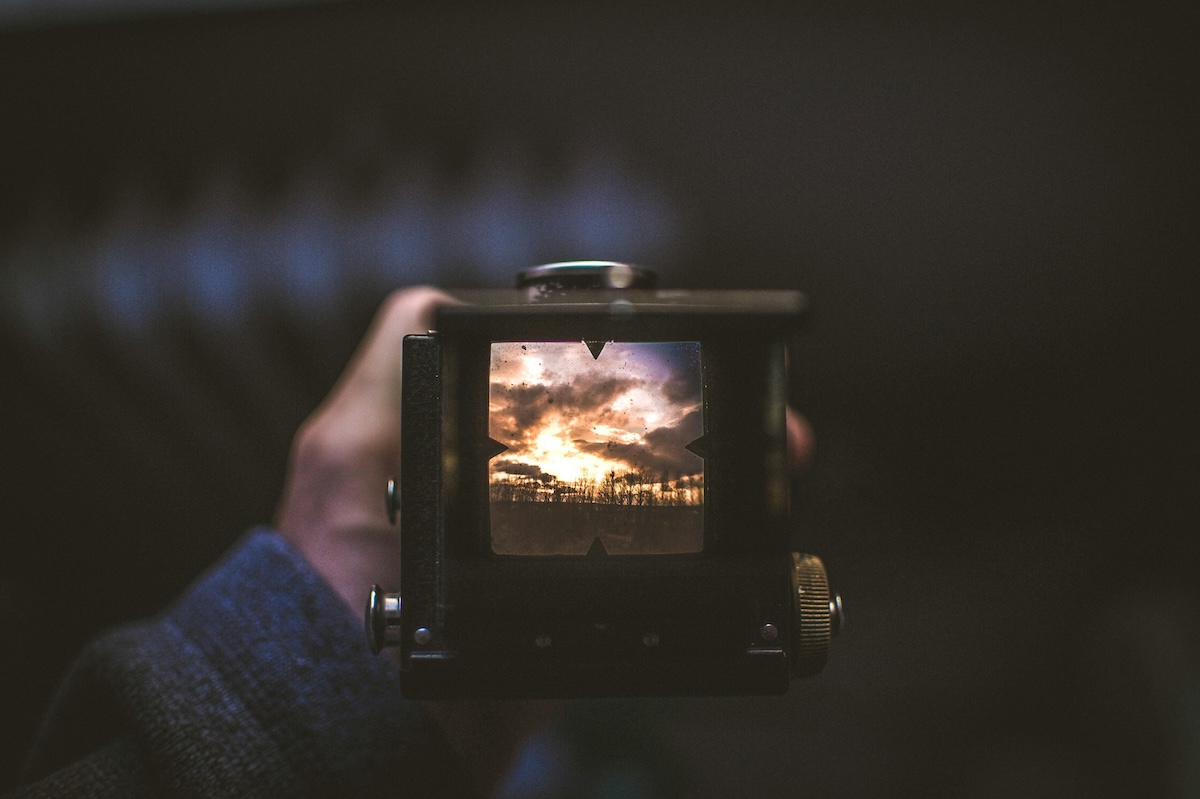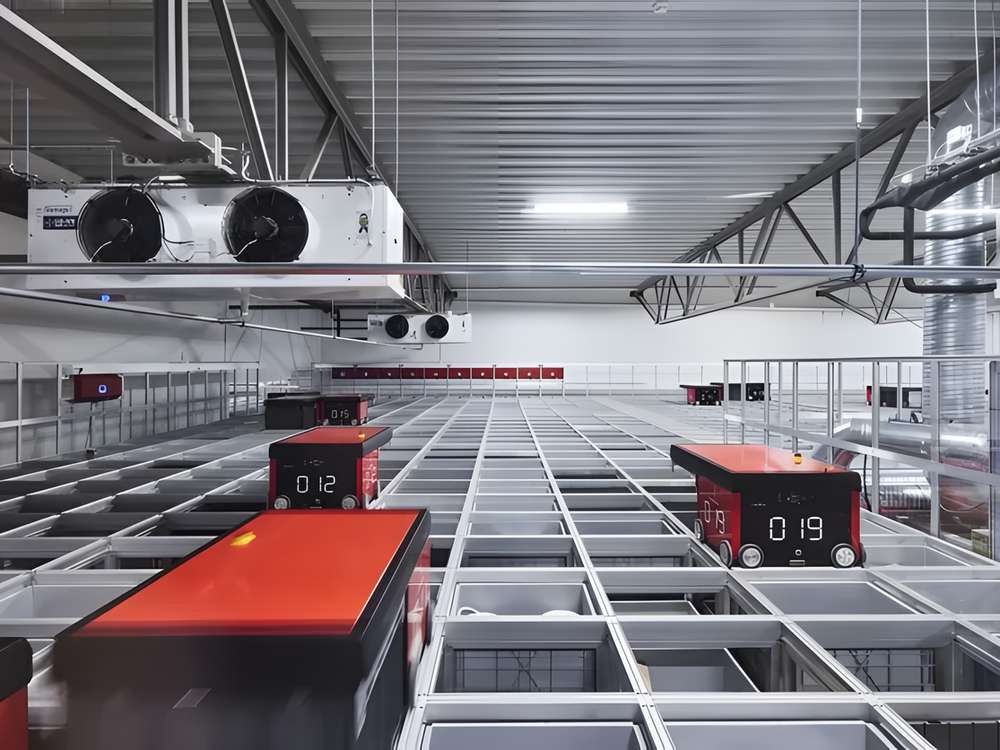What To Know
- I have been a photographer since the 1970s, from the analog film world, first with a Minolta X300 SLR (single lens reflex), then moved on to the medium format (6×6) Mamiyaflex C220 TLR (twin lens reflex) camera, the medium format Bronica 645, before transiting to the digital world with Panasonic Lumix, Olympus OMD, and the Fujifilm series of X100, X100S, XT series, etc.
- You have to, therefore, really measure the available light, bracket the exposures to get the shots you want, and perhaps put on ND (neutral density) or color correction filters for your cameras to correct the exposures before you take them.
I have been a photographer since the 1970s, from the analog film world, first with a Minolta X300 SLR (single lens reflex), then moved on to the medium format (6×6) Mamiyaflex C220 TLR (twin lens reflex) camera, the medium format Bronica 645, before transiting to the digital world with Panasonic Lumix, Olympus OMD, and the Fujifilm series of X100, X100S, XT series, etc. And now, Fujifilm launched the X100 VI, the latest of the X100 series.
As a photographer, my portraiture style was always high-key, available natural light, capturing people in their relaxed and transient states. When I photographed models, they often wondered why I would only have the Fujifilm X100/S or the equally diminutive Olympus OMD, without any studio lights, tripods, and a giant bag. And, they also wondered why I would only shoot a few images, very considered ones, rather than many younger photographers who came straight from the digital photography era who would shoot hundreds of images to pick a few.
You see, those who came from the analog film world had to shoot images with a considered and patient style. In a roll of medium format 120 film on the 6×6 camera, you would have only 12 exposures from that roll. This means we must consider what we want to capture without wasting precious film, which then needed to be sent to a lab to be processed into prints or slides.
In the days of film, not only there are limited exposures, you would not really be able to edit these shots like you easily can on your computers or smartphonese these days. You have to, therefore, really measure the available light, bracket the exposures to get the shots you want, and perhaps put on ND (neutral density) or color correction filters for your cameras to correct the exposures before you take them.
The digital world is radically different. Younger photographers would buy a large storage card for their digital cameras, and then simply capture everything they point their cameras at, and then go into their photo-editing apps on their computers to select, and edit at will.
So, with the advent of digital photography, and now, AI-assisted smartphone photography, photography has become more like paintings, rather than capturing reality.
If you like the old-school and authentic world of photography, then there are a few choices of cameras, including film cameras (which might be increasingly cumbersome as labs are shutting down everywhere), or digital cameras that pay homage and respect to analog photography.
Having used several Fujifilm cameras, I would say their cameras honor the analog world much more than many competing offerings, especially their X100 series. If you love a rangefinder camera like a Leica, you would love the Fujifilm X100 series.
Here’s the promotional video from Fujilm on the latest X100 VI:
This is a documentary short film featuring documentary photography veteran Sam Abell in Japan, on why he would use the Fujifilm X100 VI as a camera:
Veteran photographers like Sam Abell are what makes photography authentic and emotional for us. There is a human warmth in every image that articulates feelings, time, dimensions, and relationships.
###




